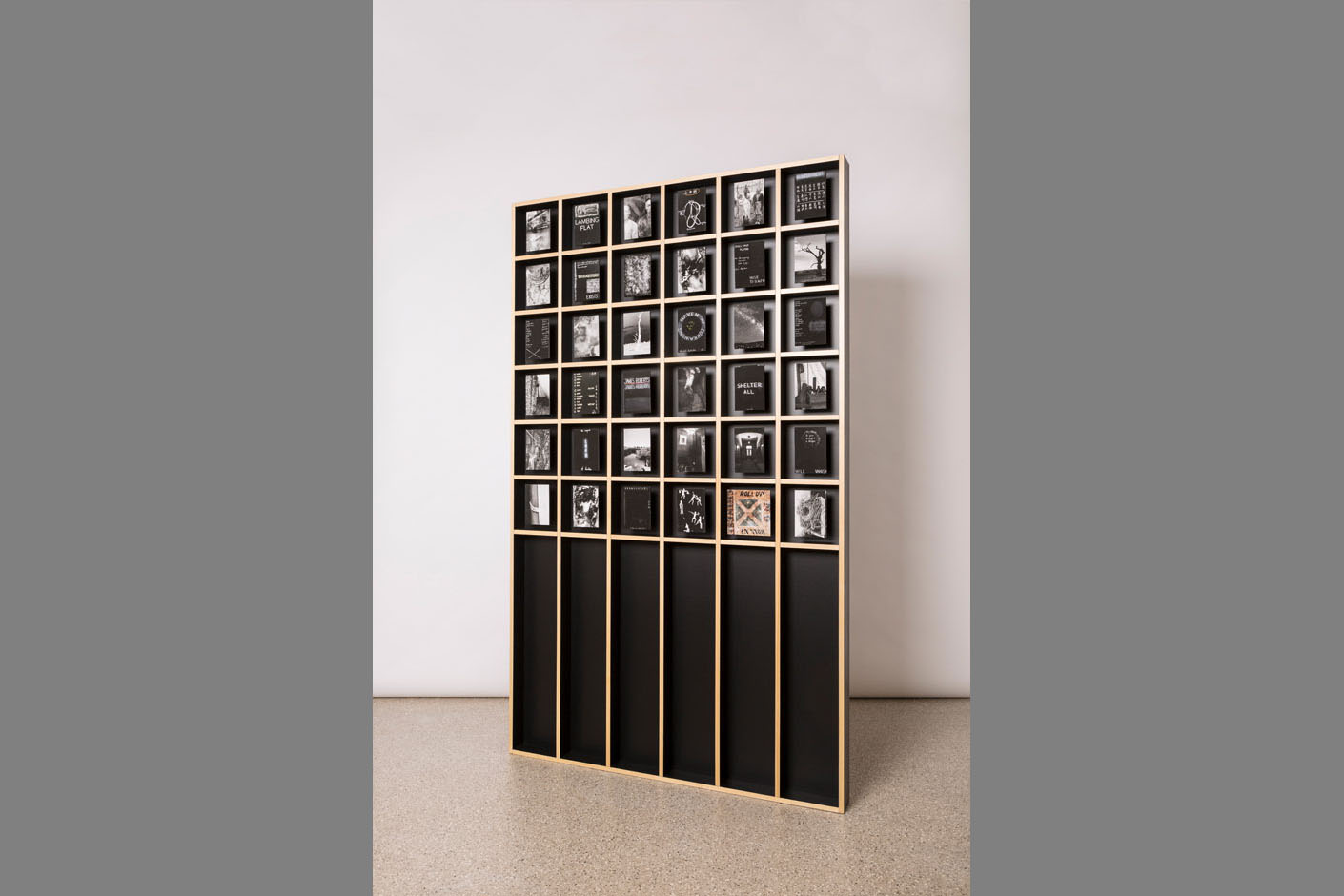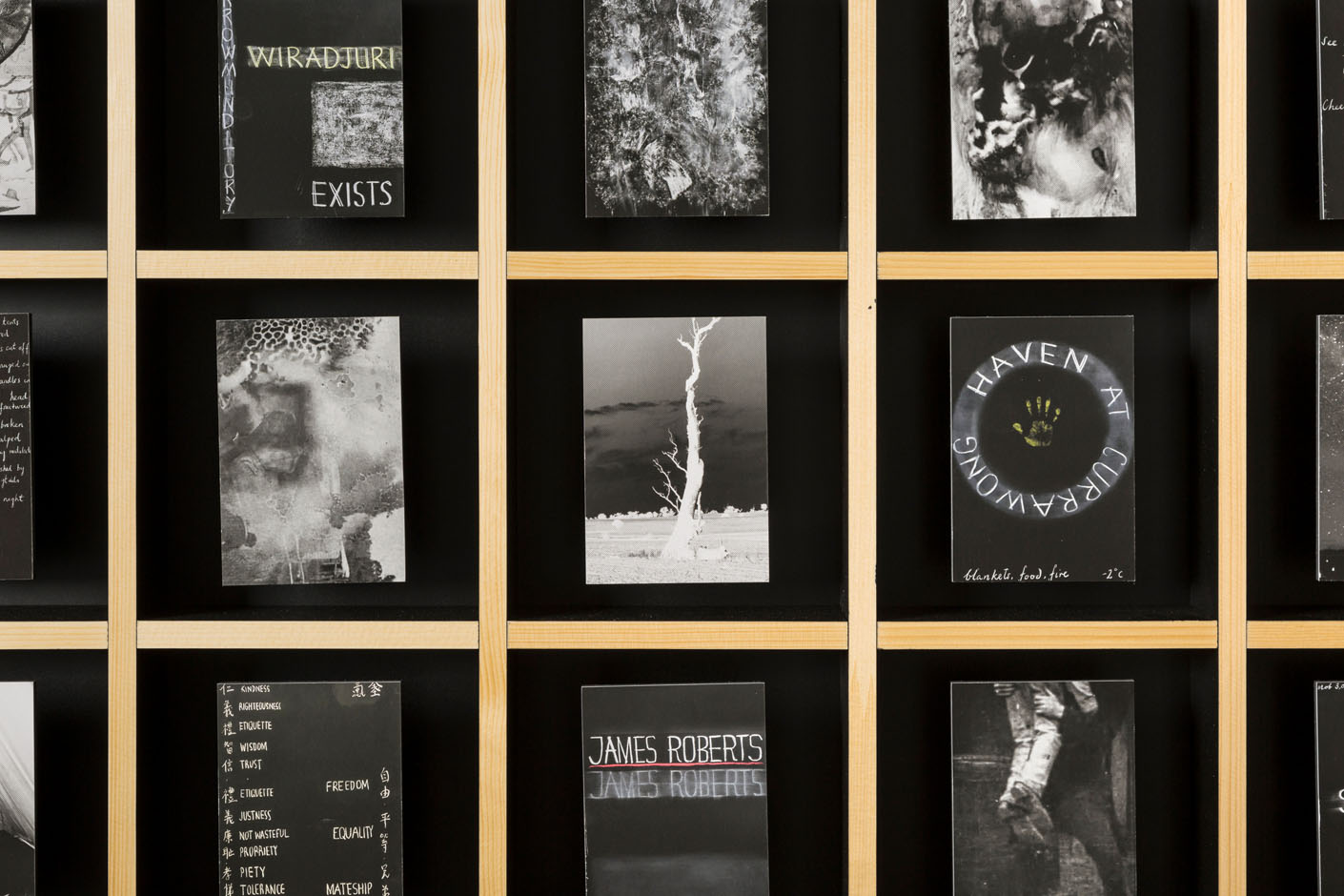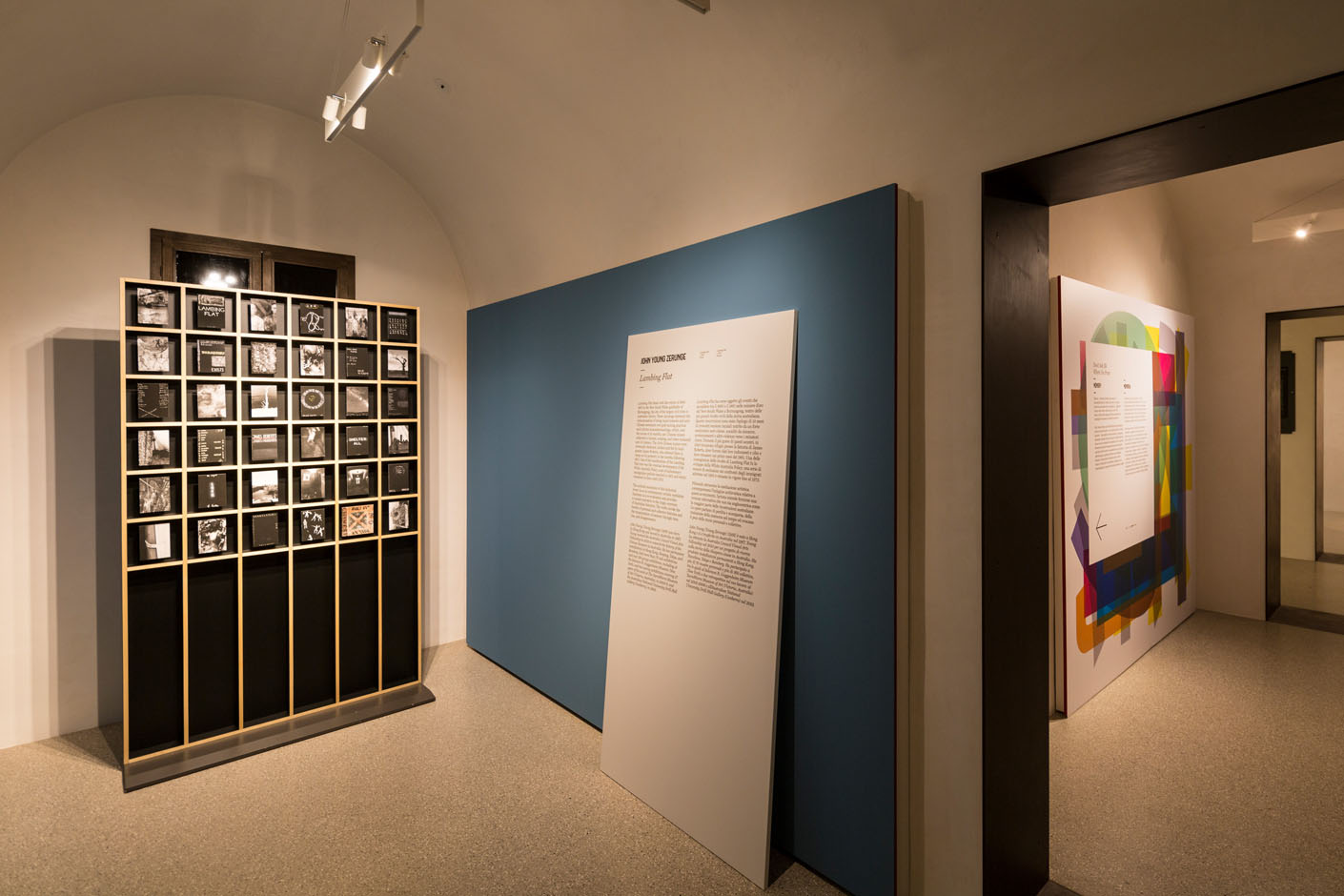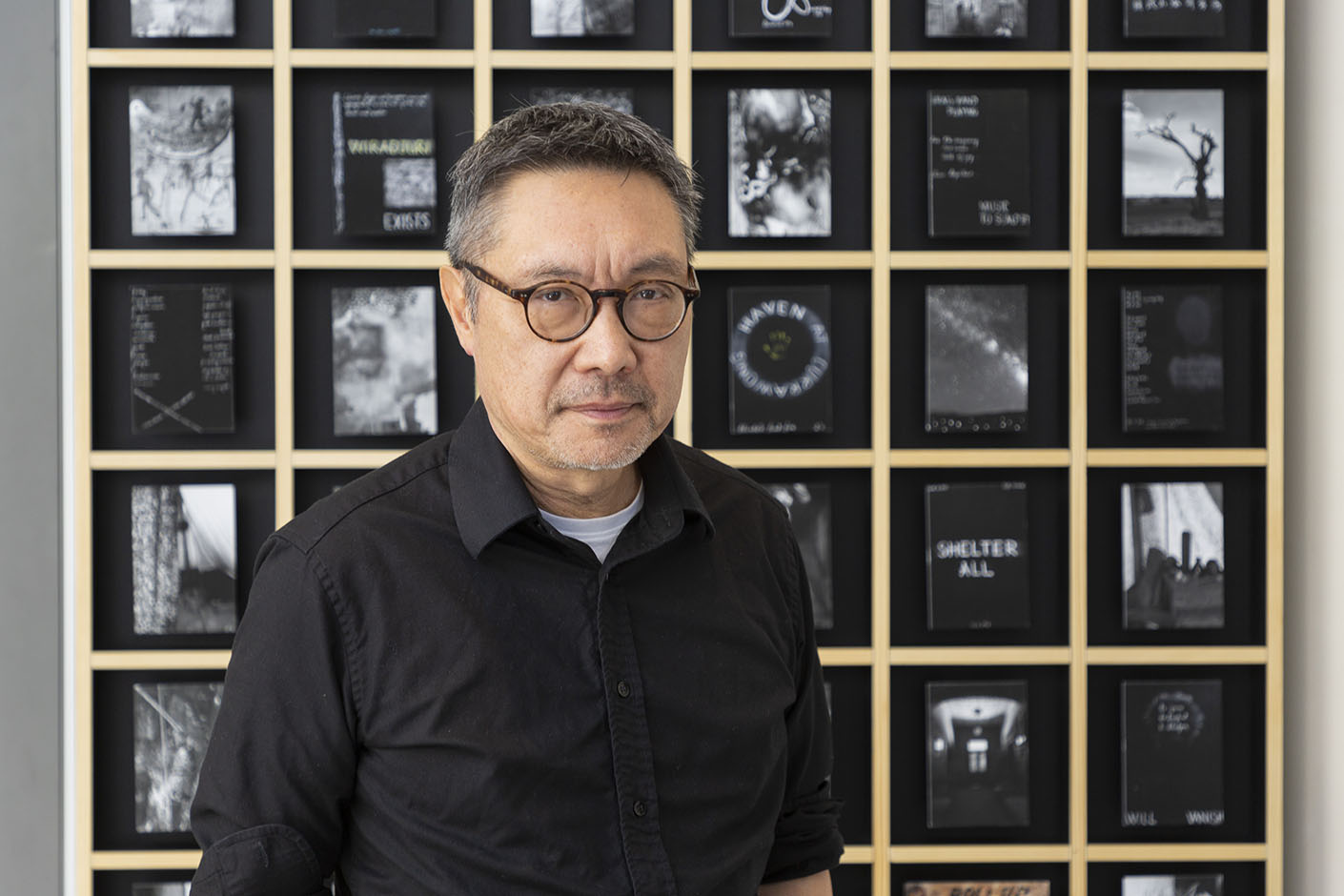Artist
John Young Zerunge
Lambing Flat deals with the events of 1860-1861 in the New South Wales goldfields of Burrangong, the site of the largest civil riots in Australia’s history. These uprisings represent the consummation of rising racial tensions and anti-Chinese sentiment over gold mining practices and cultural misunderstandings, which, over the course of 10 months, saw Chinese miners subjected to threats, scalping, and other sustained acts of violence. The 1500 Chinese miners were eventually sheltered, clothed and fed by local grazier James Roberts, who allowed them to camp on his property in the months following 1861. One of the ramifications of the Lambing Flat riots was the eventual development of the White Australia Policy, a set of exclusionary immigration policies enacted in 1901 and which remained in force until 1973. The archival excavation of this historical event vis-a-vis contemporary artistic mediation functions as a re-evaluation and provides a counter-narrative to the Anglo-centrism of Australian histories. The works invoke the burden of personal and collective histories and the transmutation of memory through time, loss, and disappearance.
John Young (Young Zerunge) (1956) was born in Hong Kong and moved to Australia in 1967. Young received the Australia Council Visual Arts Fellowship in 2013 to research the history of the Chinese diaspora in Australia. He has permanent installations in Hong Kong, Nanjing, Tokyo, and Bamberg, held more than 70 solo exhibitions and over 160 group exhibitions, including at the Solomon R. Guggenheim Museum (New York), and two survey exhibitions covering 27 years of his work at The TarraWarra Museum of Art (Victoria, Australia), in 2005-6, and the Australian National University Drill Hall Gallery (Canberra), in 2013.






























